What Are the Do's and Don'ts After Hair Transplant?
Facial Plastic Surgery
hair transplant is a kind of plastic surgery that treats moderate to severe hair loss in a short time. Today, various techniques are used to graft hair follicles and replant them in the bald area. Still, the most popular ones are follicular unit transplantation (FUT) and follicular unit extraction (FUE hair transplant).
The success of hair transplant surgery mainly depends on the skill and experience of the surgeon and the technique used in the procedure; however, if you take care of your new grafts, the chance of failed transplantation is reduced to a great extent. In this article, we mention the most important points about hair transplant aftercare and provide you with an exact recovery timeline.
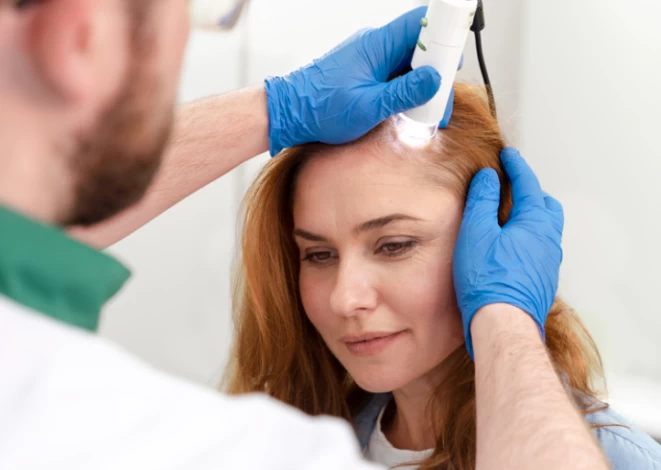
Why Is Hair Transplant Post-Op Care Needed?
After the hair transplant, your scalp will be red, swollen, and scabby for almost two weeks, but as time passes, these discomforts will resolve, and you can resume your normal activities. However, the newly grafted hair follicles are fragile and need special care to stay at their place and grow in their new location. So, following this article's general and specific hair transplant aftercare instructions, your surgeon can help you obtain the best results possible from your operation and have thick hair for years.
Hair Transplant Recovery Timeline
Despite being short, the recovery period of hair transplant surgery can be quite painful and bothersome. If you wonder what you will go through during this period, read the following.
The day after the surgery
Since hair transplantation is done under local anesthesia, you can go home on the same day of the operation. The day after this procedure is the hardest as the scalp's skin is painful, swollen, and itchy, and the whole scalp is wrapped with bandages. On this day, you must make an appointment with your doctor to remove the bandages and check your scalp. After checking your skin and hair follicles, a nurse washes your head with a specific shampoo and teaches you how to wash your head at home.
Day two to seven after the surgery
During this period, you must start taking regular painkillers and certain antibiotics to reduce pain and prevent infection after a hair transplant. Most patients experience mild bleeding during the first week, which is normal. All you have to do is tap the bleeding spots with a sterile gauze pad.
To clean your scalp and relieve the itching, gently wash your head several times a day with the shampoos suggested by your surgeon or use a mist spray
Day 8 to 30 after the surgery
Your pain, swelling, and scabs gradually disappear from the first week onwards, and you can resume your daily routine. If you have a desk job, you can return to work after the first week, but if you have an outdoor job, it's better to take two weeks off.
You must avoid sun exposure, rain, and dust for a month after the surgery as they prolong the healing process and cause scarring. If your scalp is itchy, use aloe vera, coconut, argan, and anti-itching products your doctor suggests.
The best way to prevent scarring, itching, and bleeding is to use a mist spray and humidifier for a month after the hair transplant. Moreover, it is crucial to maintain a healthy diet rich in minerals and vitamins and take dietary supplements to provide necessary supplies for the grafts during this time.
From the first month onwards
The implanted grafts will shed one month after hair transplant surgery, which is completely normal. These follicles will regrow within three months, but they may first appear as white spots on the scalp. These white bumps contain new hair follicles and will open up independently at an appropriate time.
During the first trimester of the hair transplant recovery, do not cover your head with tight hats, helmets, and scarves, as they may harm new follicles. Also, avoid exposure to sun and rain, swimming (in the pool or sea), and sports that make your head sweat for up to three months.
Washing Hair After a Hair Transplant
On the first appointment after hair transplant surgery, your healthcare provider will give you the necessary information on how to wash your head during recovery. In general, washing hair after this procedure involves four stages:
- First, apply lotion or oil on your scalp and leave it for a few minutes. This will moisturize your scalp, soften the scabs formed on the skin, remove the dried blood on the head, and prevent scarring.
- Second, you need to use special shampoos to wash your head. These hair products should be paraben-, silicone-, perfume-, and dye-free. The best way to use shampoo is to solve it in lukewarm water and apply it to the scalp. Remember that rubbing and scrubbing the scalp will cause bleeding and swelling, so you only have to use your hand's palm and wash your scalp gently.
- After rinsing your head with warm water, pat your head with a soft and clean towel to dry the follicles. Remember to wash or change your towel each time you shower because dirty towels can cause infection.
- Finally, you must reapply moisturizer or oil on your scalp to remove the scabs sooner. If you stick to this routine and wash your head daily, the scabs will be gone within 7 to 10 days, and you can start washing your hair normally after two or three weeks.
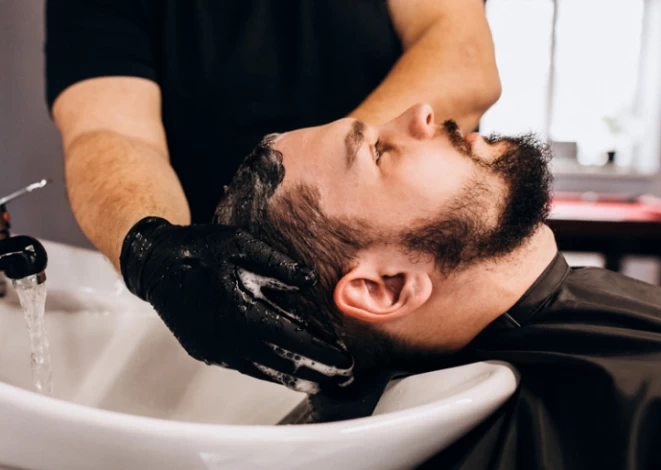
Hair Transplant Aftercare: How to Manage Pain and Swelling?
During the first week after hair transplant surgery, you will experience moderate to severe pain, which may interfere with your daily routine. The pain is usually more intense in the donor area than in the recipient part, so you may find it difficult to sleep on your back for a few days. Regular pain medications, except those that thin your blood, such as ibuprofen, naproxen, and aspirin, can reduce your pain and help you sleep better.
Swelling is somehow a rare complication of hair transplantation surgery, but some patients experience it in their forehead and around their eyes. Although it takes only five days for the inflammation to go down, you can take dexamethasone shots to get rid of it sooner. If you want to know more about swelling after a hair transplant, read this article.
The Best Sleeping Position After Hair Transplant
Choosing the best sleeping position after hair transplant surgery depends on the technique used during your operation and the location of the donor area. If your donor area is the back of your head, you should refrain from sleeping on your back for the first two days, but if you must, you should put two pillows under your head to elevate your shoulders. This sleeping position will reduce the swelling and prevent the donor area from being rubbed on the pillow.
It is worth mentioning that it's better to use silk pillowcases for the first four weeks after the surgery as they are soft and cause less damage to newly implanted grafts.
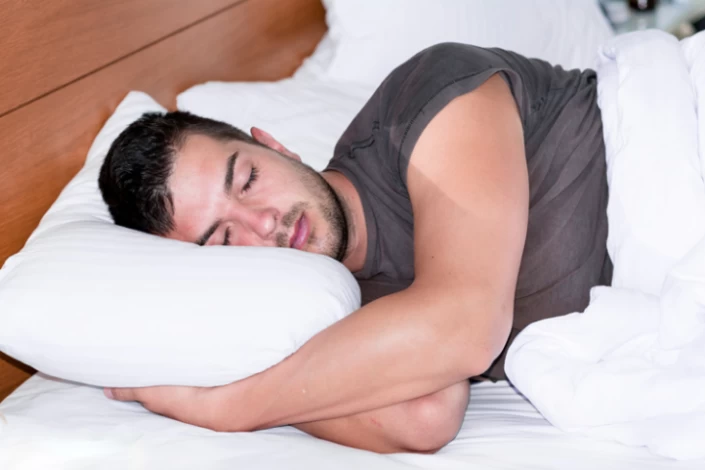
Medications and Hair Products to Use After Hair Transplant Surgery
In the following, some medications and hair products you should add to your hair transplant aftercare are mentioned.
Shampoo and moisturizer
As mentioned earlier, the shampoo you use during the hair transplant recovery period should be free of alcohol, paraben, fragrance, and dye. Also, it would be best to ask your surgeon what lotion, oil, or moisturizer you can use before and after bathing.
Anti-scar gels and creams
Most surgeons prescribe anti-scar gels or creams to diminish redness and scars after a hair transplant in the donor area. You should use these products twice a day for at least two weeks.
Hair growth medications
Minoxidil and Finasteride prevent hair loss and stimulate hair growth in patients with heredity hair loss. Since these two medications have a significant number of side effects, they are prescribed only when it is necessary.
Antibiotics
Antibiotics should be used in oral and creams during hair transplant recovery. Usually, the patients should take oral antibiotics for three to seven days. Antibiotic creams, on the other hand, should only be used if infectious pimples are noticed on the scalp.
Dietary supplements
OTC supplements containing vitamins and minerals should be taken for six months following the procedure. They are made to strengthen hair and nails, so they can affect the operation’s results positively.
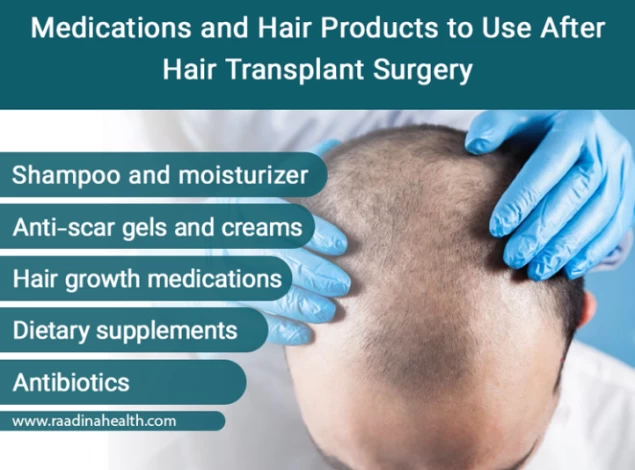
What to Eat After Hair Transplant Surgery?
Staying hydrated after hair transplant surgery prevents skin dryness, helps overcome anesthetic complications, and prevents scarring. During this cosmetic procedure's recovery period, you must maintain a healthy diet low in sugar and fat and rich in minerals and vitamins. Adding vegetables containing calcium, zinc, magnesium, iron, and vitamins K, B, and C reinforces your immune system and speeds healing. It helps you have thicker hair in the long run.
Exercising After Hair Transplant Surgery
When the sedatives have left your system the day after hair transplant surgery, you can go for a short walk or do stretch exercises for a few minutes a day. Vigorous physical activities that make you sweat should be avoided for at least two weeks because sweating and exposure to pollutants increase the risk of infection and harm the hair roots. Almost 14 days after the operation, you can engage in heavy exercises that involve stretching, lifting, pushing, and pulling. However, doing contact sports and swimming should be avoided for at least a month following the procedure.
Hair Transplant Surgery in Iran
Choosing a qualified and skilled hair transplant surgeon is the first step of this operation, as their knowledge, mastery, and speed directly affect the procedure's results. Fortunately, many adroit surgeons in Iran know the latest hair restoration techniques and equipment. Most importantly, you can save time and money by getting a hair transplant in Iran, as cosmetic procedures in this country are done in the shortest time possible and are quite cost-effective.
FAQs About Hair Transplant Post-Op Care
1) How long does it take to recover from hair transplant surgery?
The hair transplant recovery time varies from one to three months, depending on the technique used during the operation and how well you take care of your hair. Of course, you can return to work within 10 to 14 days and resume your regular exercise routine from the second week onwards.
2) How long after the hair transplant can I get a haircut?
It is suggested to wait at least a month before getting a haircut and 6 to 12 months before shaving the head (to balance the level of hair growth on the entire scalp).
3) Can you smoke after hair transplant surgery?
It would be best to refrain from smoking, chewing tobacco, vaping, and drinking alcohol for 4 to 8 weeks after the operation as they affect the blood supply reaching the hair follicles and impair the hair growth cycle.
4) How soon can I go to the gym after hair transplant surgery?
You should wait 14 days after surgery to go to the gym. Stretching and straining during exercise increase the risk of bleeding and prolonged swelling. Also, sweating can end in infection.
5) When can I wash my hair normally after a hair transplant?
Waiting at least 48 hours following a hair transplant is usually recommended before washing your hair normally. Managing your freshly transplanted hair with care throughout the first healing period is critical.
6) When can I go back to work?
If it's necessary to return to work, you should take at least 10 days off to ensure you have fully recovered and have no visible symptoms of surgery (redness and scabbing).



 WhatsApp
WhatsApp
 Telegram
Telegram
 Facebook
Facebook
 Email
Email




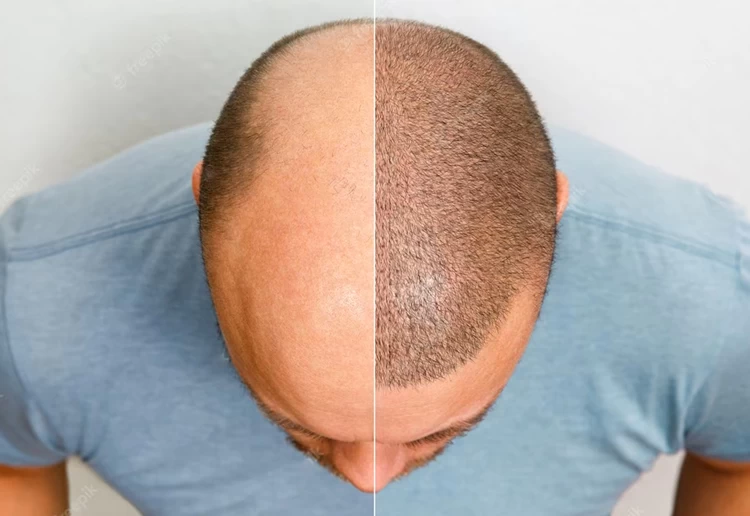





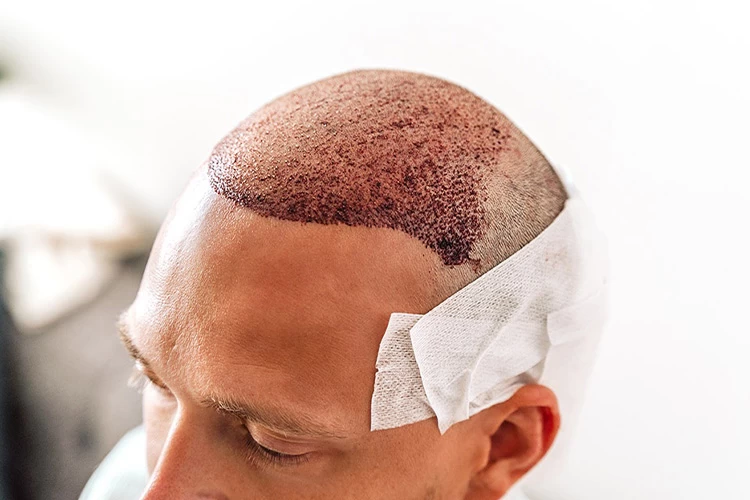
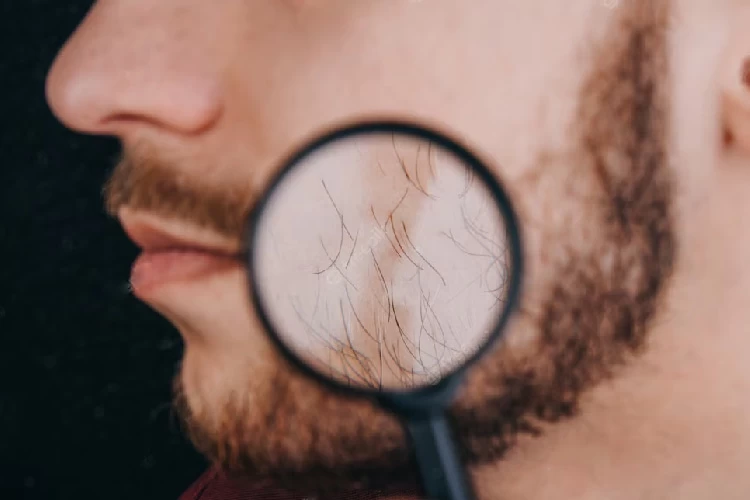
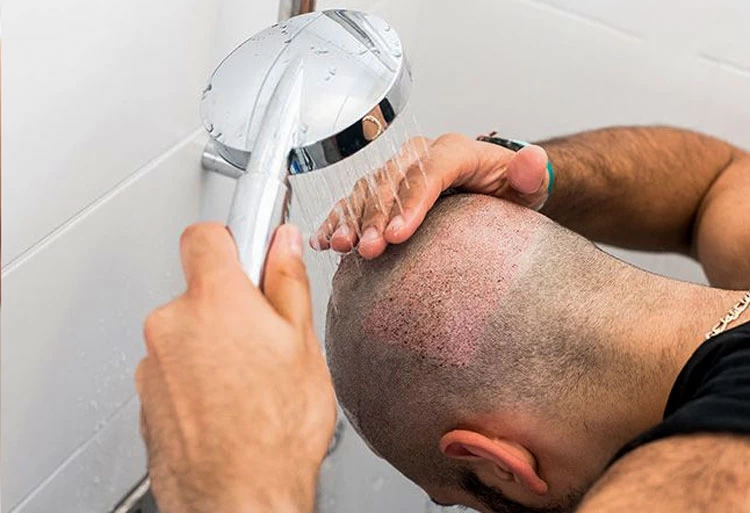
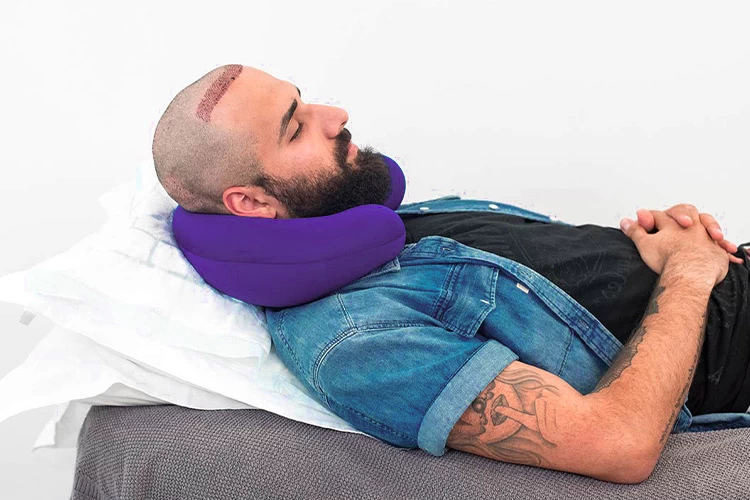



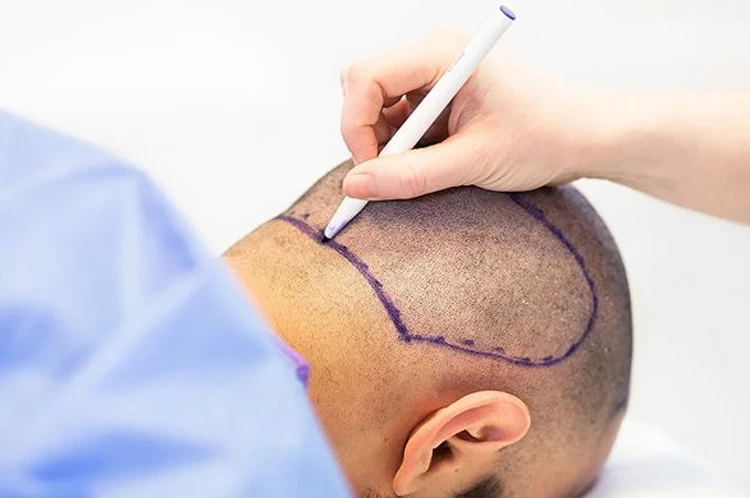

No reviews
Your comment